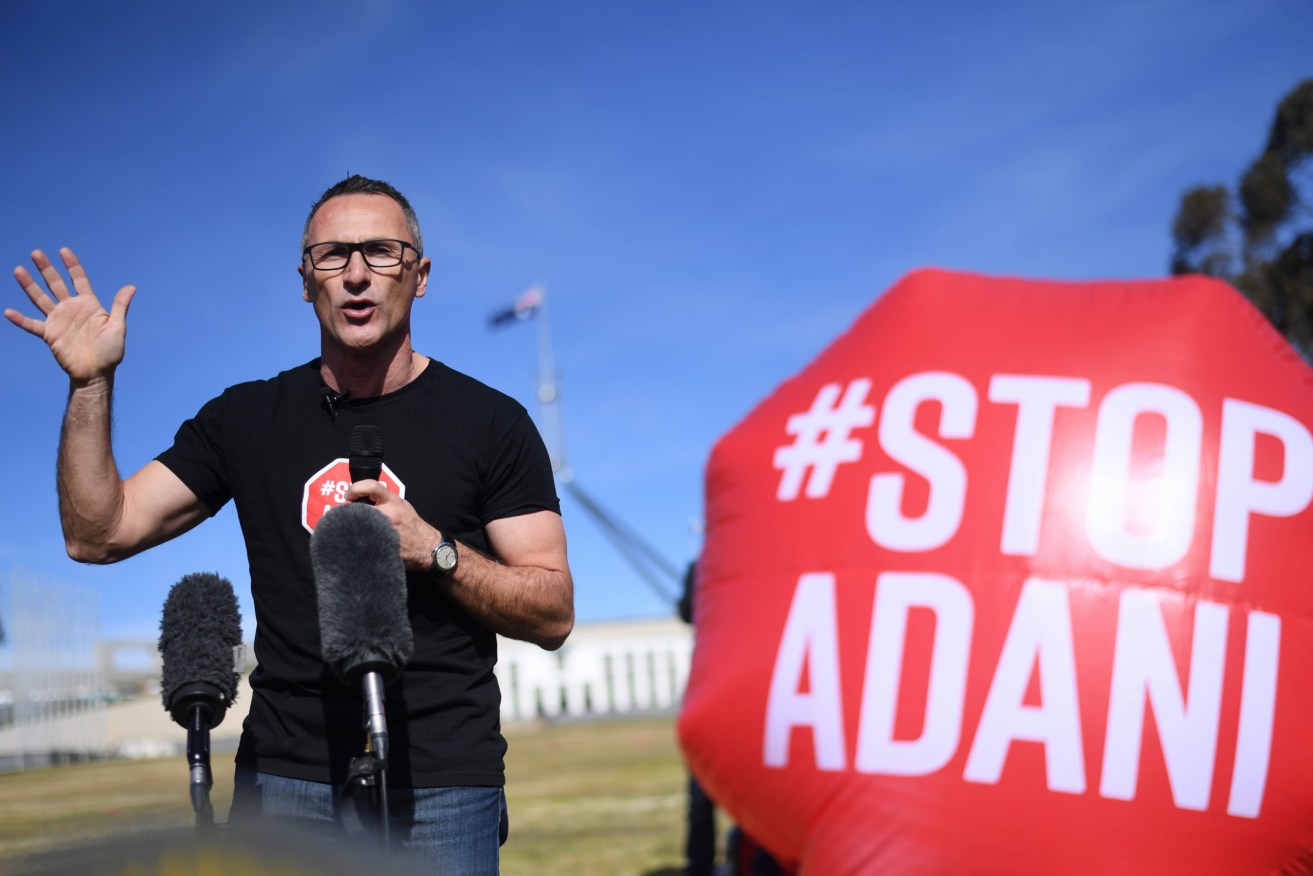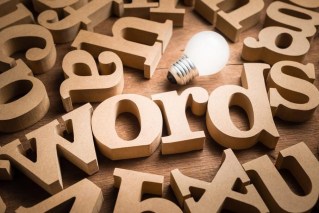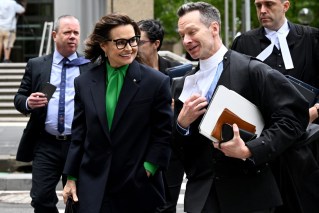Inside story: Why coal remains deadly weapon of Queensland politics
Labor’s inability to fight back effectively when the LNP weaponised coal during last year’s federal election campaign underscores the role resources continue to play in federal politics, writes Dennis Atkins


The Greens' anti-Adani roadshow was a watershed moment in the last federal election. (AAP Image/Lukas Coch)
At a 2018 meeting with senior federal Nationals politicians, Malcolm Turnbull became frustrated when he couldn’t convince his Coalition colleagues of the economic hopelessness of the case for a new coal-fired power station in Queensland.
Turnbull recounts the meeting in his A Big Picture memoir, saying he quizzed the MPs on the price of coal needed, the amount of coal needed, the amount of coal needed for each megawatt hour of power and how this type of generation had no hope of competing with the fast declining cost of renewables.
As the politicians left the meeting, then Nationals deputy leader Bridget McKenzie told the former prime minister he couldn’t reason with them. “It’s religion. They don’t care about the numbers,” Turnbull quotes her as saying.
In a just-published Quarterly Essay, The Coal Curse: Resources, Climate and Australia’s Future, academic Judith Brett puts to one side the popular theory that Scott Morrison won the 2019 election because of a mix of Bill Shorten’s unpopularity and the rejection of Labor’s confusing and complex tax and spend policies.
“The brutal truth is that Labor lost the election in Queensland and it lost it in large part because of the Queensland Liberal National Party’s successful weaponising of coal,” says Brett.
This “weaponising” of coal has never been so apparent and never so successful as it was at the 2019 election. It should be noted a mix of Labor’s mishandling of coal (and climate) policies and the bumbling intrusion in the campaign by the Greens (especially its Adani convoy) super-charged that voting power for the LNP.
As Brett notes, the National Party depends on a specific and significant concentration of its vote for its success at a federal level. “At the 2019 election, it won a little less than 7 per cent of first preference votes, if we attribute to it a quarter of the vote of the Queensland Liberal National Party (LNP),” she writes in her essay.
“With this vote, the Nationals won 15 seats. By contrast, the Greens’ national first preference vote of more than 10 per cent is diffused across electorates, and they have only one lonely representative in the House of Representatives.”
Brett says the Nationals have responded to the decline in importance of the agricultural sector – once the very essence of the old Country Party – by harnessing support from the resources sector, which is as geographically concentrated as the party that’s now its loudest champion.
“In all states and territories except for Queensland and Western Australia, Labor plus left independents won the majority of seats,” writes Brett.
“In Western Australia, (Labor) won only five to the Coalition’s 11, the same as in 2016, but in Queensland it lost two seats, leaving it with only six of the state’s 30 seats. As well, sitting LNP members enjoyed massive swings.”
As the outcome of the 2019 election showed – and Brett details in her essay – miners deserted Labor at that poll. For example, in the Central Queensland seat of Capricornia, which has been Labor more often than not, the LNP boosted its 2016 margin of just 0.6 per cent to a whopping 12.4 per cent last year.
As Nationals Senator Matt Canavan says, the Queensland regional vote represented a “hi-vis workers’ revolution” powered by extreme climate change demands from the Greens and environmentalists – “pushing what have otherwise been strong Labor-voting areas towards the conservative side of politics”.
Brett outlines the brutal challenge facing Labor in the resource-rich states of Queensland and Western Australia, crystallising them in five arguments: the Earth is not heating to anywhere near the extent claimed, therefore mitigating the need to cut emissions; any climate change is not caused by humans; Australia’s contribution to global emissions is minuscule; if we don’t sell coal someone else will; and, finally, any change will be less than predicted and doesn’t warrant an economic cost.
While Brett outlines the political reality with clarity, her response is as much based on prayer and hope as it is a dependable strategy, especially with Labor appearing to vacate the policy field.
“Australia’s fossil-fuel curse operates through the nexus of economic and political power and both aspects are now under pressure,” says Brett.
“The price of renewable energy has fallen faster than expected, and storage technology developed more quickly. Renewable energy is now a market disrupter with a logic of its own, as the new technologies of solar, wind, electric vehicles and lithium-ion batteries disrupt global energy and transport markets.
“Since the pandemic, thermal coal prices have fallen by around 30 per cent. At this price, many existing and planned mines are unprofitable, including Adani. Gas, too, is under threat. Building the expensive infrastructure needed to extract gas is a long-term investment and future returns are looking uncertain.
“Capital is deserting fossil fuels, in part because renewables and falling prices are threatening future returns, but also because of shareholder and customer campaigns for banks and superannuation funds to divest from fossil fuels.”
Brett’s essay is one of the most significant pieces of analysis on the role of coal in our national politics. The Nationals – and Scott Morrison – understand this. Labor appears to regard these difficult issues as political poison and are either confused or afraid to engage.
History says if Labor doesn’t step up, Nationals strategists like Canavan will keep winning.
The Coal Curse, Judith Brett, $22.99.












